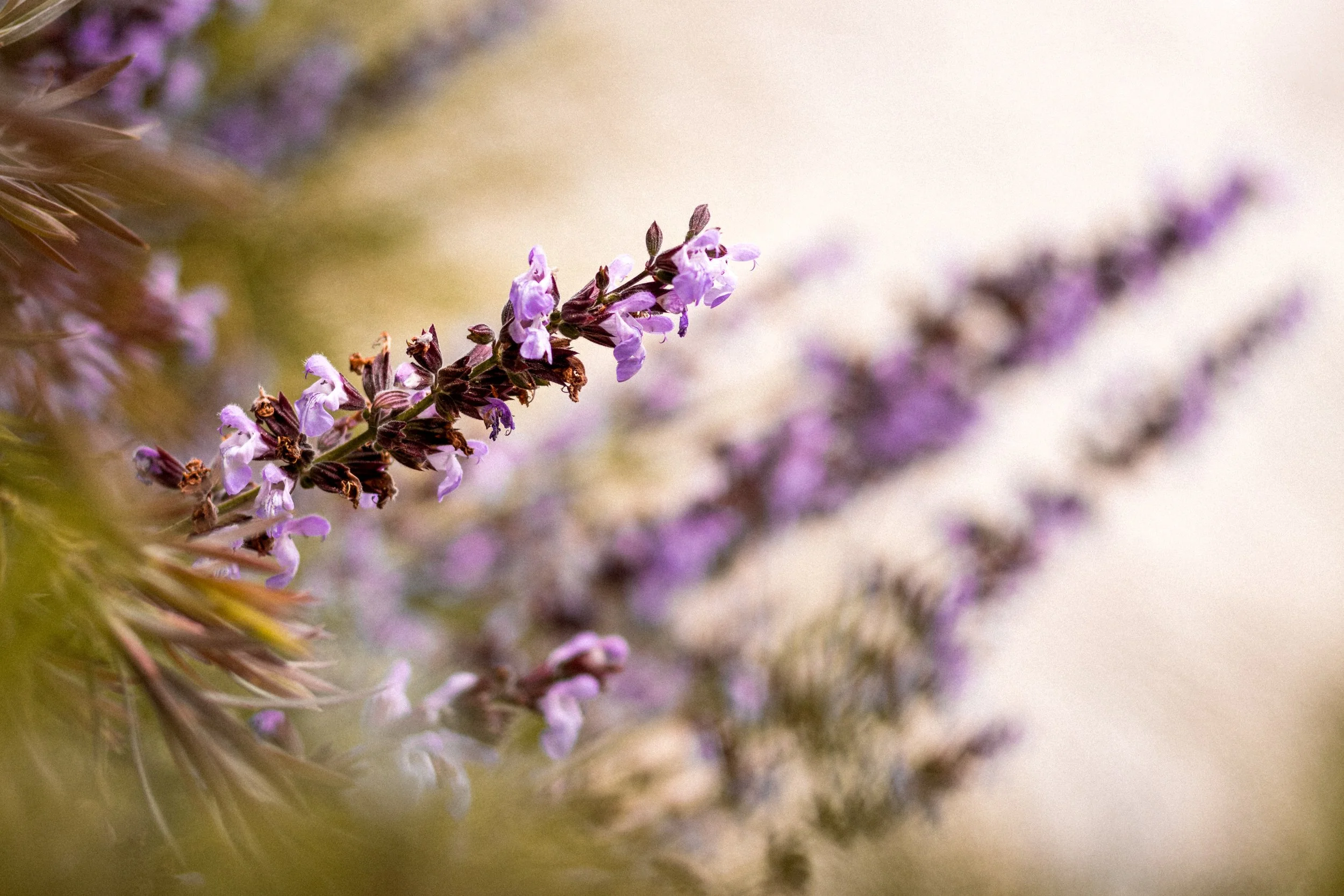Growing lavender in your garden
Three EASY questions you should ask yourself before planting lavender in your garden.
We’ve seen a lot of lavender in our travels, and one thing we’ve learned is that a mature lavender plant doesn't just look amazing en masse, like in the large lavender fields of Provence or even here in Australia. Lavender looks great in heaps of different contexts, including as a specimen or showcase plant in a garden border, or even in a patio or balcony pot.
On a hot, sunny Australian afternoon, it’s not just people who are drawn to the intoxicating scent and beauty of lavender - bees also love it! Not only do lavender plants add a fantastic pop of colour and scent to the garden, particularly if you’re fortunate enough to brush up against it, but lavender can also be used in a number of other ways, including in herbal teas, or even dried and displayed indoors.
If you’re keen to learn about all the different types of lavender, we’ve written a complete article about the lavender family.
We think the value of lavender in any garden is undeniable but once you’ve considered what type of lavender will be best suited for your climate, it will be important that you make sure you’re getting the most from your lavender plant.
Here are our 3 questions you should ask yourself before planting a particular type of lavender in your garden:
Are you filling in a garden border or a pot?
When planting lavender in a garden border, alongside similar sun-loving plants, it’s important to take a moment to consider the right lavender for your space. This will be important and pay off in the long run!
Choosing the right variety of lavender for your garden (or balcony) is really key. You could elect to plant an English lavender variety, to complement your cottage garden, but remember these varieties are often quite small and can be easily crowded out by other plants. Because of their compact size, English lavender can be a great option for garden or balcony pots.
Another variety, and much larger than the English varieties, are lavandins (Lavandula xintermedia) - such as ‘Grosso’. This hybrid variety of lavender will grow to be almost a metre high, including its beautiful, large flower spikes.
Whichever variety you select, just make sure it has enough room to thrive - particularly important as lavender can double in size during its first few years.
What’s your scent?
Like wine, lavender offers a wide range of fragrances to suit your taste. This is because each type of lavender produces a unique combination of naturally occurring chemicals.
Of the broad family, lavender and lavandin plants are well-known for their fragrant flowers. While Spanish lavender offers gardens a longer season of colour, often known to flower for most of the year.
As a rule of thumb, English lavender (Lavandula angustifolia) offers a softer, more distinctive floral smell. It’s often the oil from this type of lavender you find in cosmetics and your favourite perfume.
On the other hand, varieties belonging to the French or hybrid Lavandin family (Lavandula xintermedia) contain more camphor, delivering a bolder, even masculine fragrance. It’s often the oil from these plants that you find used in detergents, or products which require a very distinctive lavender smell.
Finally, Spanish lavender (Lavandula stoechas) has a high ketone content, making it particularly pungent which might be considered too overpowering for many people.
Which type of flower smells best is really a matter of personal choice, however it is worth mentioning you won’t smell lavender in the air until you rub against it or choose to harvest it. So, whichever type you choose, we suggest planting it close to a path which will encourage you to rub the leaves and flowers as you wander past it in your garden.
Do you just want the look or are you after the taste?
While lavender plants are largely known for their beautiful colours and oils, more people are beginning to realise the benefit of growing their own lavender for culinary use - and we couldn’t recommend this highly enough!
By adding lavender alongside other herbs in your garden, you’ll be able to reproduce your favourite lavender ice-cream or level-up your next cocktail at home.
Sitting happily alongside your other herbs, lavender doesn’t require any more care than your rosemary, oregano, and thyme. Liking well-draining soil, full sun, and a good prune after flowering, Lavender can be dried and saved for later or used fresh right out of the garden.
Before you grab any lavender and plant it in your herb garden, it's very important you only find, select and grow a lavandula angustifolia variety like 'Munstead'. It is only ‘true lavender’ which is considered to have the sweetest scent and flavour suitable for cooking.


